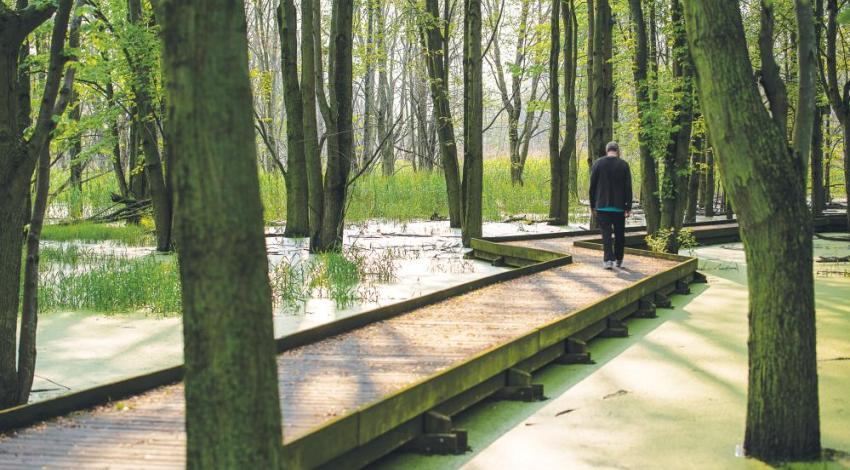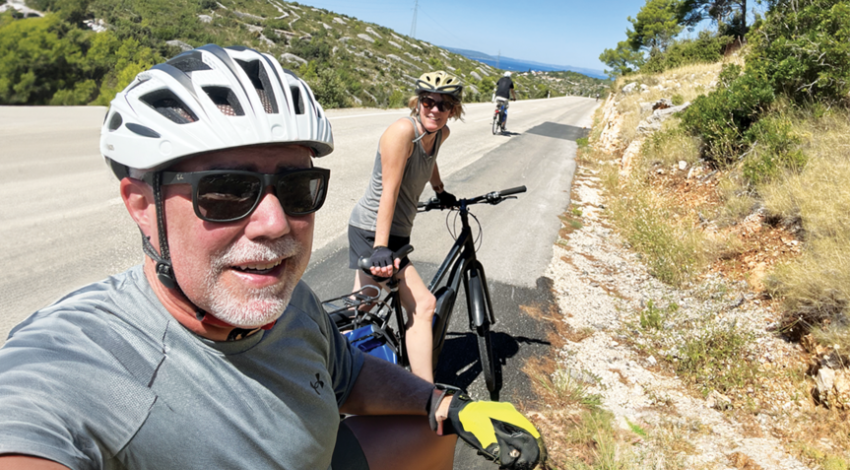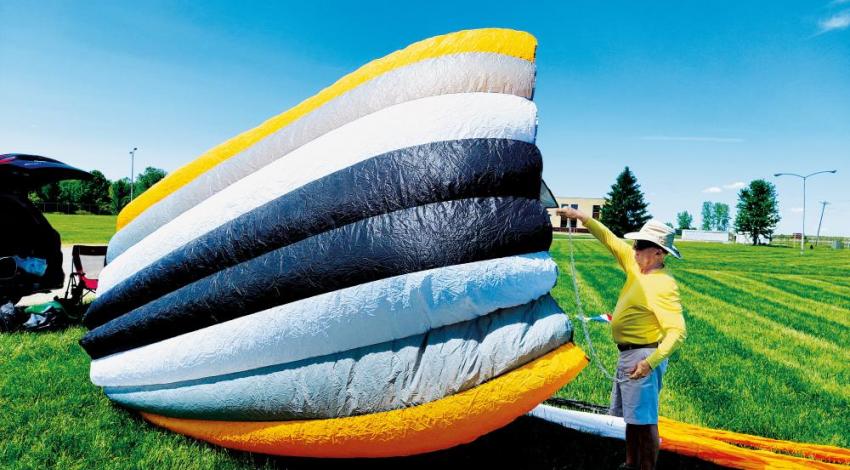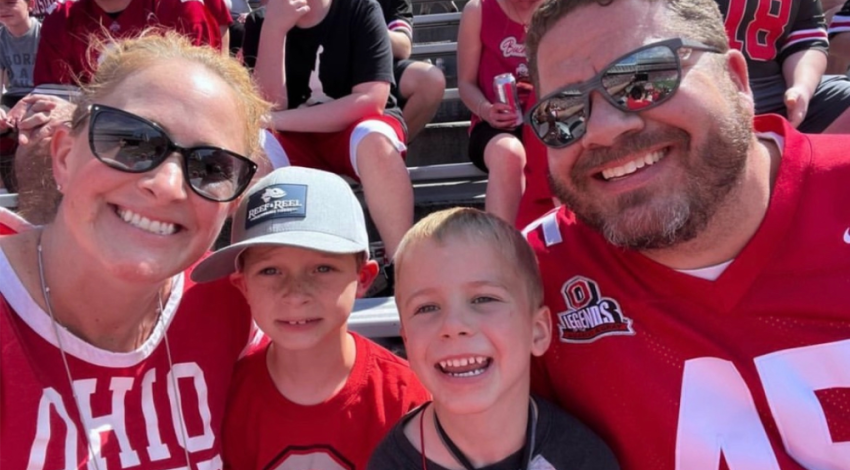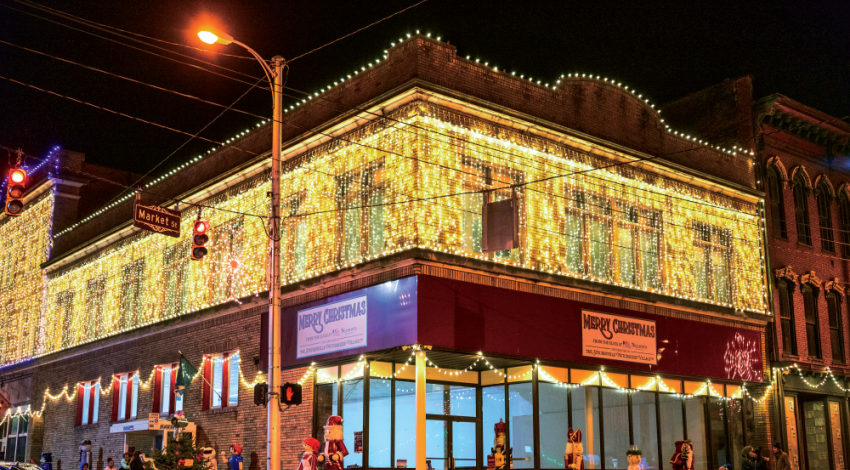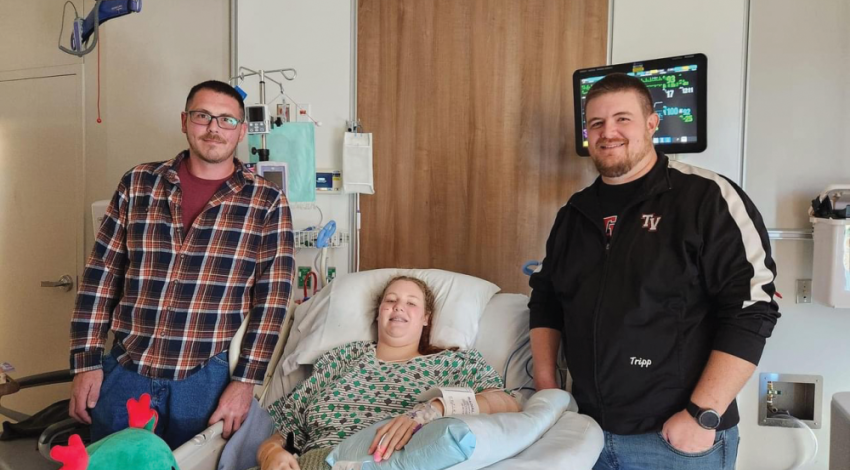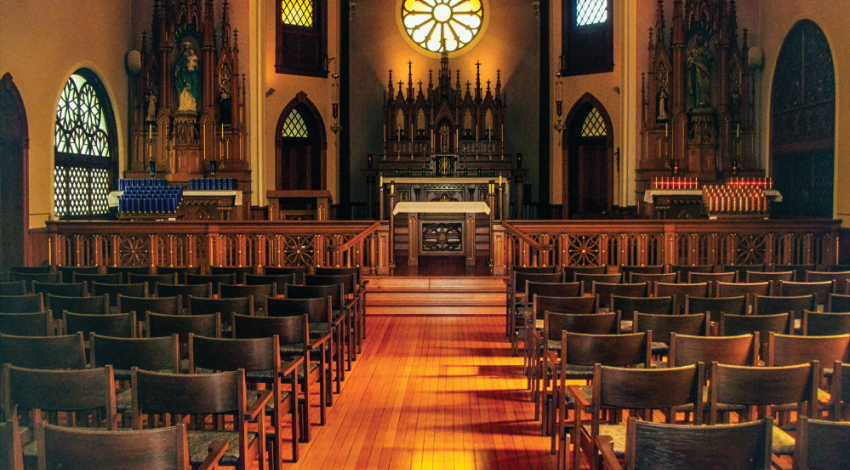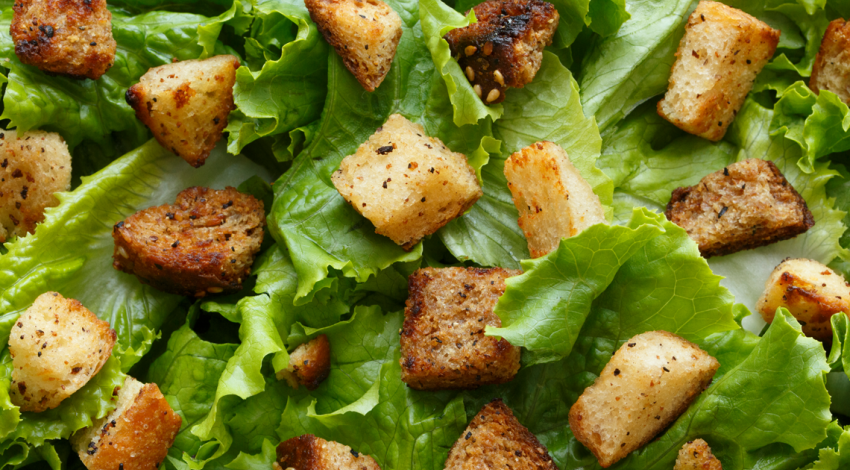Nature weaves a tapestry of tranquil landscapes and vibrant ecosystems in Ohio, in several spots presented thoughtfully through the winding allure of boardwalk trails.
Summer at Maumee Bay State Park
On the northern cusp of Ohio near the town of Oregon, Maumee Bay State Park is one of Lake Erie’s playful attractions. The park features a 2.3-mile boardwalk that winds through wetlands teeming with diverse wildlife and lush vegetation. I stumbled upon this path a few years ago during a family stay at Maumee Bay Lodge.
